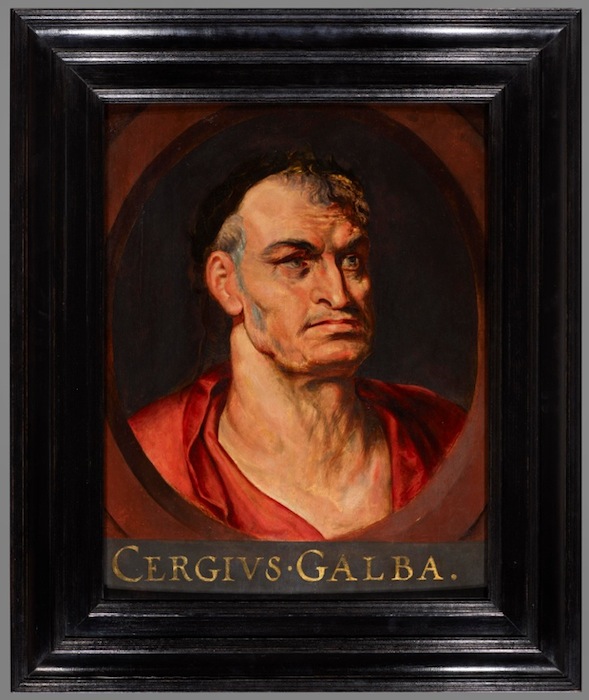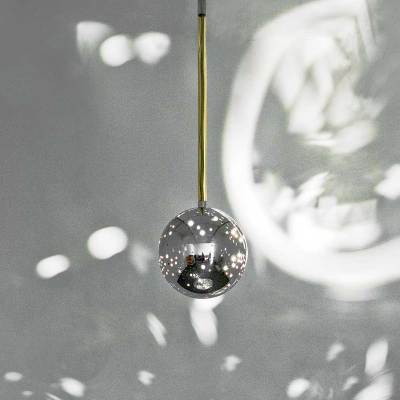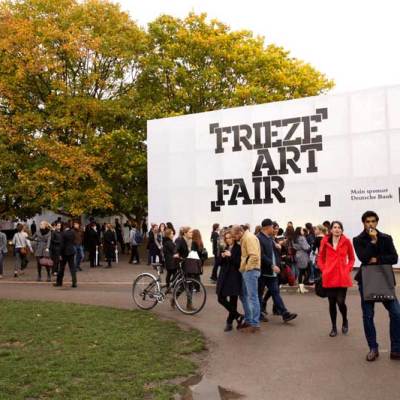It is already hard to imagine the yearly jamboree that is Frieze London without Frieze Masters (Regent’s Park, 15–19 October). As it enters its third year, this historical counter-weight to the contemporary fair – covering anything and everything from Neolithic statuary to the heyday of conceptualism – feels less like a satellite than a vital adjunct. Some 120 galleries from every corner of the art market are due to participate, with many of them maintaining a parallel presence in the contemporary tent. Hauser & Wirth is just one gallery with a foot in both camps, presenting a contemporary show curated by Mark Wallinger at Frieze London, and Jean Tinguely contraptions at Frieze Masters.
Given this diversity, it is unsurprising that Frieze Masters continues to spawn collaborative projects that buck the art fair trend for single-gallery booths. Kunstkammer Georg Laue, the Munich-based emporium of art and antiques, is teaming up with modern and contemporary dealer Peter Freeman. The display integrates works by contemporary artists (including Christian Marclay and Richard Tuttle) into a Wunderkammer.
Freeman explains: ‘There are real connections between objects of different periods – how periods explore materials and present ideas.’ Venetian filigree glasses appear alongside an iridescent Gerhard Richter in one of several pairings. If the juxtaposition seems incongruous, it’s also a good indicator of how such objects end up when they leave galleries (arranged, for instance, in a collector’s palazzo). An exotic nautilus shell – exquisitely etched during the 17th century with flowers, sea monsters and birds – is on offer for €120,000.
In a similar spirit of cross-pollination, Thomas Dane Gallery and Chicago’s Corbett vs. Dempsey are jointly creating a ‘time capsule’ that transports us back to 1974. Themed around the legendary Rumble in the Jungle boxing match, their exhibition assembles works of the 1960s and ’70s including Phillip King’s Barbarian Fruit (1964; £80,000), an untitled welded metal sculpture from 1960 by Melvin Edwards ($200,000), and American abstract and surrealist paintings. A Jim Nutt oil from 1967 shows a fried breakfast resolving on its plate into male genitalia (price on application). ‘We’ve tried to imagine the kind of programme we would have had 40 years ago,’ says François Chantala of Thomas Dane. ‘We’ve been looking at the art scenes from that era, including those on the margins.’ The booth’s decor may include period ’70s touches – although, Chantala says, the galleries have decided against banning mobile phones for the sake of authenticity.
Click here to buy the October issue of Apollo
The same mix of canonical and quirky looks set to typify the fair at large. A string of major US galleries (Paula Cooper, Marian Goodman, David Zwirner) are participating for the first time, promising ‘museum-quality’ displays of minimalist and conceptual icons – figures such as Carl Andre, Giuseppe Penone and Dan Flavin, whose influence over subsequent generations is evident everywhere in the next-door tent. These projects are complemented by an emphasis in the fair’s Spotlight section (curated by Adriano Pedrosa), on overlooked female minimalists Rosemarie Castoro and Mary Corse.
Galleries are also taking the opportunity to bring idiosyncratic figures back into the limelight – a move that may appeal to collectors. As US collector and author Adam Lindemann has commented: ‘It feels good to collect outside of the buzz and the hype, and to take a contrarian view that is all your own.’ Victoria Miro is presenting works by the quiet contrarian Ian Hamilton Finlay, including his statue of a garden temple, Aeterna Templa Caeli (1991; price on application). The selection has been undertaken by his long-term collaborator Pia Simig.
By turns conceptualist and classical, the work of Finlay (who died in 2006) could almost have been made for Frieze Masters. Three contemporary artists with their own distinctive attitudes to history and art history – William Kentridge, Phyllida Barlow and Edmund de Waal – will be interviewed by different museum curators as part of the fair’s talks programme, organised by Jasper Sharp of the Kunsthistorisches Museum, Vienna. Sharp has further planned a colloquium between international curators. He anticipates a discussion of ‘the ways in which they each look beyond traditional conventions of chronology, geography or medium to create collections of breadth, depth and unexpected meaning’. Sharp’s words could serve as a mission statement for the fair in its entirety. Director Victoria Siddall echoes him when she argues that ‘the impact that Frieze Masters has made is providing historical context – people who visit both fairs can see the best contemporary work and everything that came before it’.
‘Portrait of Emperor Servius Sulpicius Galba (3 BC–69 AD)’, c. 1598, Peter Paul Rubens. Salomon Lilian. £2.5m

The ‘nearly contemporary’ remains a prime focus of Frieze Masters, with the art of the late 20th century likely to dominate. But there is much to satisfy lovers of classical, Renaissance and post-Renaissance art. Lucas Cranach the Younger’s seductive The Nymph of the Spring of around 1540 appears at Weiss Gallery (price on application); while Salomon Lilian shows an early Rubens portrait of the fierce Roman emperor Galba (c. 1598), in which the Flemish master experimented with fusing human and animal physiognomies – available for £2.5 million (a snip compared with many contemporary price tags). Heading further into history, Rupert Wace has advertised an Aegean marble carved some 7,000 years ago (£450,000).
Standing figure stele, 3rd century BC–1st century AD, South Arabian. Courtesy of Rupert Wace Ancient Art. £450,000

The eclecticism of Frieze Masters lies not simply in its historical and conceptual range but also in its ability to dip in and out of the ‘canon’ – resurrecting forgotten talents as much as lauding familiar ones. The saying goes that all art was contemporary once. As Richard Meier asked in the title of his recent study of art in the early 20th century, what was contemporary art? The deft slippage in his question between tenses is hard to compute in the sparkling midst of the contemporary fair. But this year’s Frieze Masters looks set to answer the question with panache.
Frieze Masters is at Regent’s Park, London, from 15–19 October.
Click here to buy the October issue of Apollo
London Diary: keep up with the daily exhibition openings during Frieze Week




